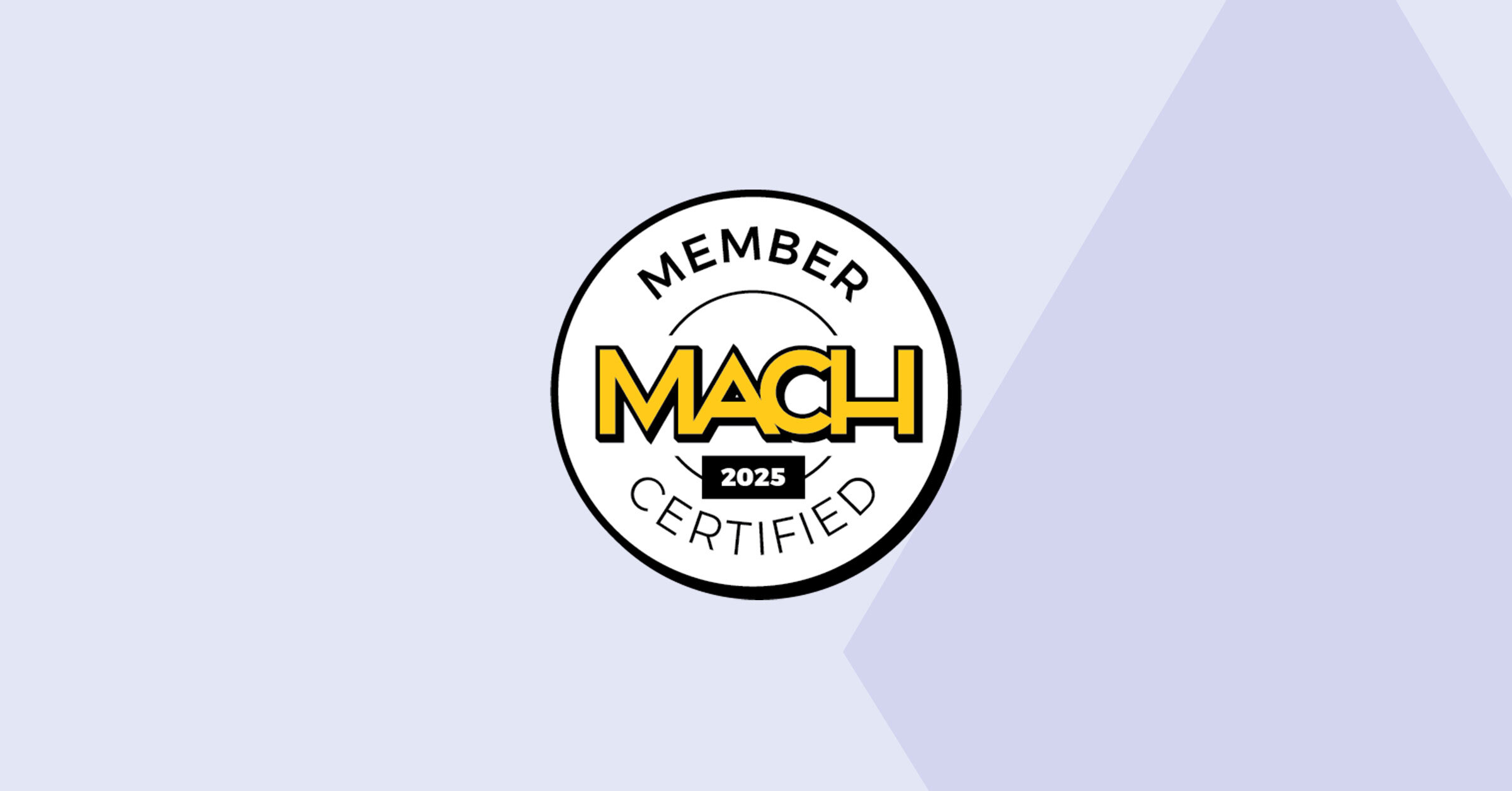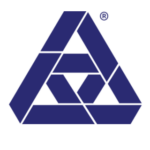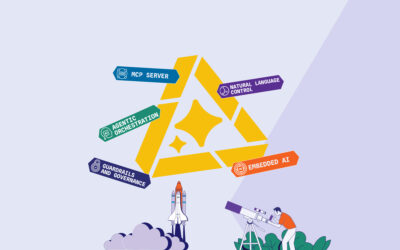Insurance companies are working to catch up with the times, and they’re facing a big question: How do you stay agile in a market where customer expectations, regulations, and risks shift faster than ever?
The answer lies in technology built for change: flexible, scalable, and designed to integrate seamlessly into a broader ecosystem.
That’s why EIS has joined the MACH Alliance, becoming the first and only insurance core system provider in this community of technology leaders who’re always keeping an eye on the future.
So, what does this mean for insurers? Let’s break it down.
First, What Is MACH?
MACH stands for Microservices-based, API-first, Cloud-native SaaS, and Headless architecture. In simpler terms, it’s about creating a modular, composable tech stack that lets businesses assemble the best solutions for their needs without being locked into rigid, monolithic systems.
- Microservices-based: Insurers can build and deploy individual services independently, making it easier to innovate and scale.
- API-first: Seamless integration with third-party data sources, distribution partners, and insurtechs.
- Cloud-native SaaS: Automatic updates, improved scalability, and lower infrastructure costs.
- Headless: The ability to decouple backend systems from front-end experiences for more flexibility.
Many industries, like retail, healthcare, and banking, have already embraced this approach. Insurance, with its historically complex and siloed systems, has been slower to adapt, but that’s changing.
What is the MACH Alliance?
The MACH Alliance is a group of tech companies that champion an open, best-of-breed technology ecosystem built on MACH principles. Members must meet strict technical standards, so being part of this alliance is a signal that your tech is modern, modular, and built for growth.
Their mission is to promote future-proof enterprise technology that gives businesses control, speed, and flexibility.
For insurance executives, this means a shift away from monolithic systems that slow down transformation and toward platforms designed for rapid innovation and integration.
What are the MACH Principles?
According to the MACH Alliance’s website, the MACH principles provide a framework for all companies — from MACH-curious to MACH-pro — to help create flexibility and transparency for technology and the people using it.
They are:
- Composable: Composable systems let businesses move fast and stay flexible by adding only the tech they need, while avoiding the trap of all-in-one software that slows them down with rigid architecture and features they don’t want.
- Connected: Connected, MACH-based systems use headless APIs to enable automation, interoperability, and better user experiences. They do away with the outdated, siloed tech that slows decisions, increases errors, and wrecks the customer experience.
- Incremental: Incremental, API-first development delivers value faster and reduces risk through small, testable releases, instead of big-bang projects that are rigid, high-risk, and prone to failure.
- Open: Open means building technology and teams around transparency, interoperability, and shared access to data and functions. This enables organizations to scale, collaborate, and innovate without the friction of closed, siloed systems.
- Autonomous: Using intelligent, automated processes and adaptable systems allows companies to respond in real time. This frees teams from manual work to focus on continuous improvement and strategic goals.
Why Does All This Matter for Insurance Companies?
For insurers across all lines of business, the shift toward MACH principles isn’t just a “nice to have.” It’s quickly becoming essential for survival in a digital-first world. Here’s why:
1. Faster Innovation, No Core Replacements Required
Historically, modernizing an insurance system meant a painful rip-and-replace project that took years and carried massive risk. MACH principles make it possible to innovate without tearing down everything at once. With an API-first approach, insurers can add new capabilities — like embedded insurance, AI-driven underwriting, or real-time fraud detection — without overhauling their entire core system.
2. Seamless Ecosystem Integration
The days of operating in siloes are over. Whether it’s connecting to distribution channels, digital brokers, or insurtech partners, insurers need open systems that integrate effortlessly. MACH’s emphasis on APIs makes this possible, allowing insurers to connect with best-in-class solutions rather than being stuck with whatever their legacy system provides.
3. Future-Proofing Against Market Shifts
New regulations? Emerging risks? Changing customer expectations? A MACH-aligned core system helps insurers respond to these shifts quickly by adopting new technologies as they emerge, rather than being stuck in lengthy development cycles dictated by a monolithic vendor roadmap.
4. Improved Customer Experiences
Insurance customers expect digital experiences that are as seamless as their favorite apps. Headless architecture allows insurers to build dynamic, personalized experiences across web, mobile, and other digital channels without being constrained by backend limitations.
“EIS is using MACH to redefine technology for an industry that’s been held back by legacy technology for too long,” said Holly Hall, Managing Director of the MACH Alliance. “Their OneSuite platform demonstrates how insurance companies can adapt quickly, remain flexible, and prioritize customer needs. We’re pleased to welcome them as a certified member contributing to the evolution of enterprise technology.”
What This Means for Forward-Thinking, Ambitious Insurers
By joining the MACH Alliance, EIS is aligning itself (and its customers) with the future of enterprise technology by prioritizing flexibility, openness, and rapid innovation.
For ambitious insurers, this means there is a core system they can rely on to evolve as fast as the market demands, without the weight of older technology stacks holding them back.
“This certification validates what we’ve always believed,” said Mike Dwyer, CTO of EIS, “which is that rigid systems don’t belong in a world that changes daily. We built EIS OneSuite to give insurers the freedom to move fast, integrate easily, and never get boxed in by their tech stack. MACH isn’t just a label for us — it’s how we future-proof our customers.”
Insurance is at a turning point. The question isn’t whether insurers need to modernize, it’s about how they can do it without disrupting their business. MACH provides this blueprint, and as the first insurance core system provider in the MACH Alliance, EIS is committed to making this approach a reality for insurers who want to lead the way forward.
The future of insurance is modular, connected, and cloud-native.
See the MACH Alliance’s announcement of EIS joining their ranks here.




